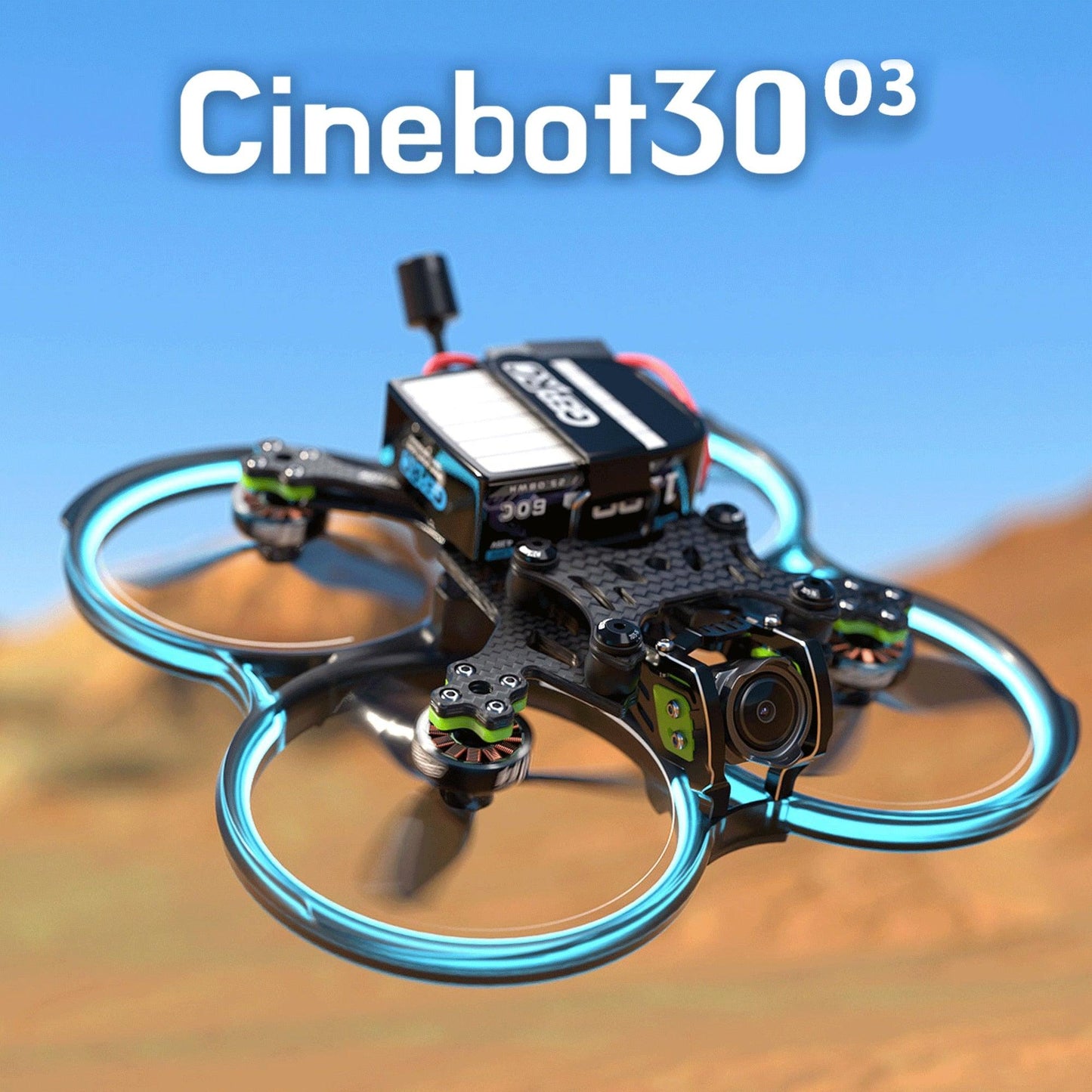First-person view (FPV) goggles have revolutionized the way we experience drone racing, aerial photography, and other applications where an immersive, real-time view is essential. These goggles allow users to see the world from the drone’s perspective, providing a thrilling and interactive experience. In this article, we will delve into the world of FPV goggles, exploring the different types and features that make them an essential tool for drone enthusiasts and professionals alike.
Types of FPV Goggles
There are several types of FPV FPV Racing Drone available in the market, each with its unique characteristics and advantages. The most common types are box goggles, slimline goggles, and module goggles. Box goggles are the most popular type, known for their affordability and ease of use. They have a simple, box-like design and usually come with a built-in receiver and antenna. Slimline goggles, on the other hand, are designed for those who want a more compact and lightweight solution. They are ideal for drone racing and other applications where weight and size are critical. Module goggles are the most advanced type, offering interchangeable modules that allow users to customize their goggles to suit their specific needs.
Display and Resolution
The display and resolution of FPV goggles are crucial factors to consider when choosing the right pair. Most modern FPV goggles come with high-resolution displays, ranging from 640×480 to 1280×960 pixels. The higher the resolution, the more detailed and clear the image will be. Some goggles also feature OLED (organic light-emitting diode) displays, which offer better contrast and color accuracy compared to traditional LCD displays. Additionally, some goggles have a wider field of view (FOV), allowing users to see more of the surroundings and enhancing the overall immersive experience.
Receiver and Antenna
The receiver and antenna are critical components of FPV goggles, responsible for receiving the video signal from the drone. There are several types of receivers available, including 5.8GHz, 2.4GHz, and 1.3GHz. The most common frequency used is 5.8GHz, which offers a good balance between range and interference resistance. Some goggles also come with diversity receivers, which use multiple antennas to improve signal strength and reduce interference. The antenna itself can be either built-in or external, with some goggles offering interchangeable antennas for improved performance.
Latency and Delay
Latency and delay are critical factors to consider when choosing FPV goggles, particularly for drone racing and other applications where real-time video is essential. Latency refers to the time it takes for the video signal to transmit from the drone to the goggles, while delay refers to the time it takes for the goggles to process and display the signal. Look for goggles with low latency and delay, typically below 20ms, to ensure a smooth and responsive experience.

Comfort and Ergonomics
Comfort and ergonomics are essential considerations when choosing FPV goggles, as they can affect the overall user experience. Look for goggles with adjustable headbands, comfortable padding, and a well-balanced design. Some goggles also feature IPD (interpupillary distance) adjustment, which allows users to customize the distance between the lenses to suit their eye spacing.
Additional Features
Many modern FPV goggles come with additional features that enhance the user experience. Some common features include DVR (digital video recording) capabilities, allowing users to record their flights and review them later. Others include features like head tracking, which allows users to control the drone’s camera with their head movements. Some goggles also have built-in speakers or audio jacks, providing an immersive audio experience.
Conclusion
FPV goggles have come a long way since their inception, offering a range of features and options to suit different needs and preferences. By understanding the different types of goggles, display and resolution options, receiver and antenna configurations, latency and delay, comfort and ergonomics, and additional features, users can make informed decisions when choosing the right pair of FPV goggles for their drone racing, aerial photography, or other applications. Whether you’re a seasoned professional or a beginner, FPV goggles are an essential tool for anyone looking to experience the thrill of drone flight.
